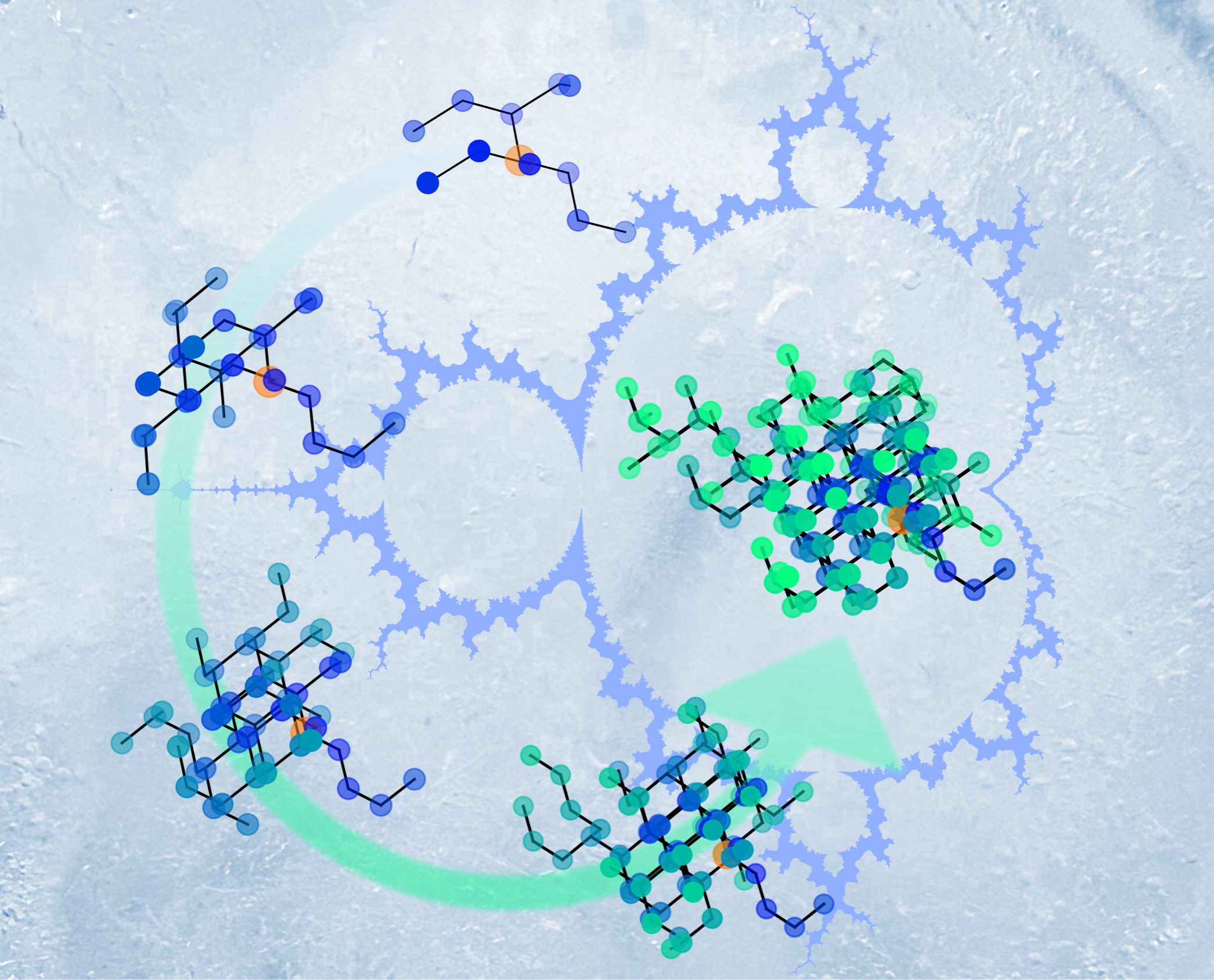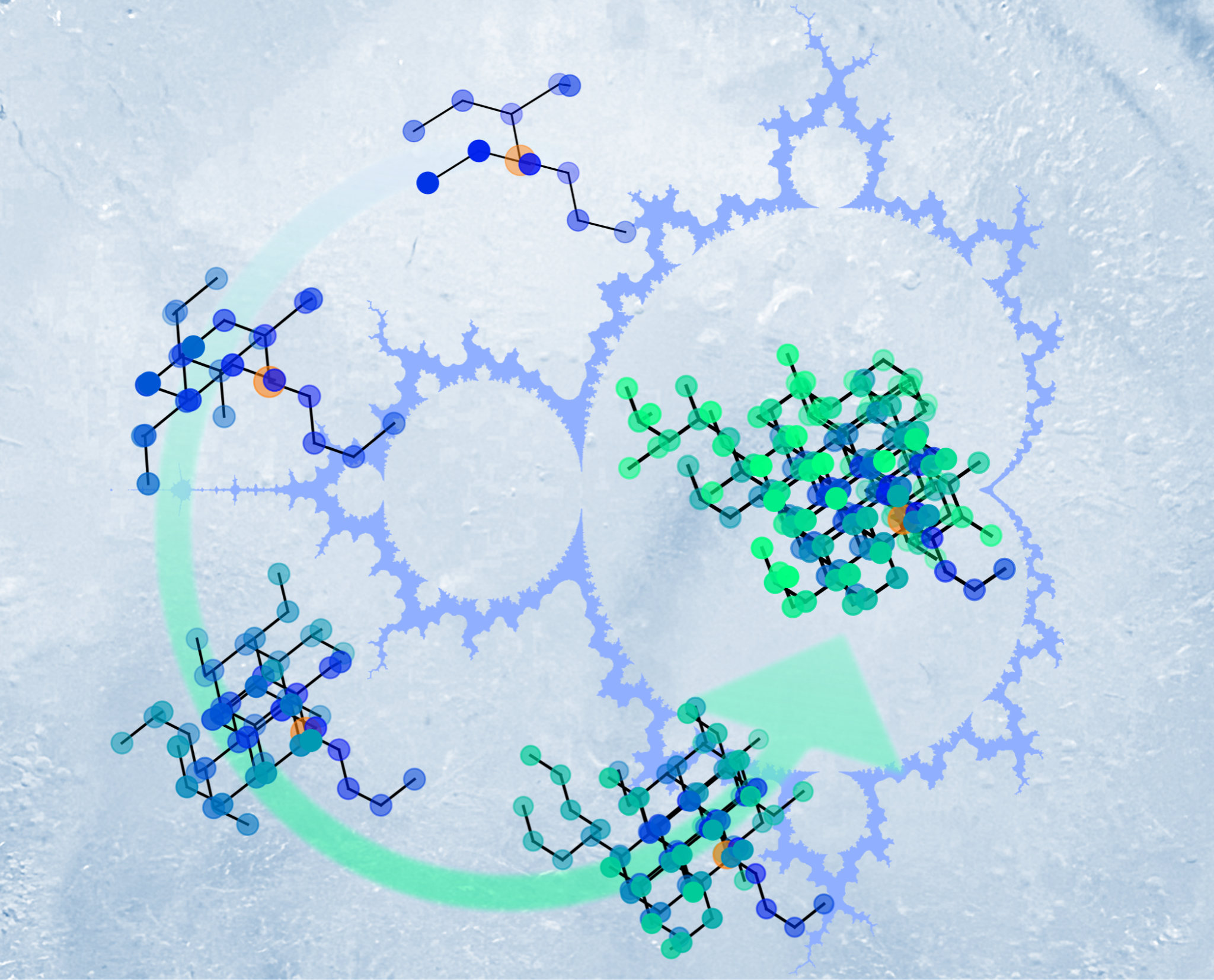

Example of the fractal structures in spin ice together with a famous example of a fractal (the Mandelbrot set), on top of a photograph of water ice. Credit: Jonathan N. Hallén, Cavendish Laboratory, University of Cambridge
The characteristics and properties of materials are heavily influenced by their dimension. Imagine the differences between living in a one-dimensional or two-dimensional world compared to the three dimensions we are familiar with. This is why fractals, which have fractional dimensions, have become a topic of interest since their discovery. Even though they may seem unusual, fractals can be found in various places — from snowflakes to lightning strikes, and natural coastlines.
Researchers at the University of Cambridge, the Max Planck Institute for the Physics of Complex Systems in Dresden, the University of Tennessee, and the Universidad Nacional de La Plata have uncovered an altogether new type of fractal appearing in a class of magnets called spin ices. The discovery was surprising because the fractals were seen in a clean three-dimensional crystal, where they conventionally would not be expected. Even more remarkably, the fractals are visible in the dynamical properties of the crystal and hidden in static ones. These features motivated the appellation of “emergent dynamical fractal”.
The fractals were discovered in crystals of the material dysprosium titanate, where the electron spins behave like tiny bar magnets. These spins cooperate through ice rules that mimic the constraints that protons experience in water ice. For dysprosium titanate, this leads to very special properties.
Jonathan Hallén of the University of Cambridge is a Ph.D. student and the lead author of the study. He explains that “at temperatures just slightly above

0 Comments :
Post a Comment